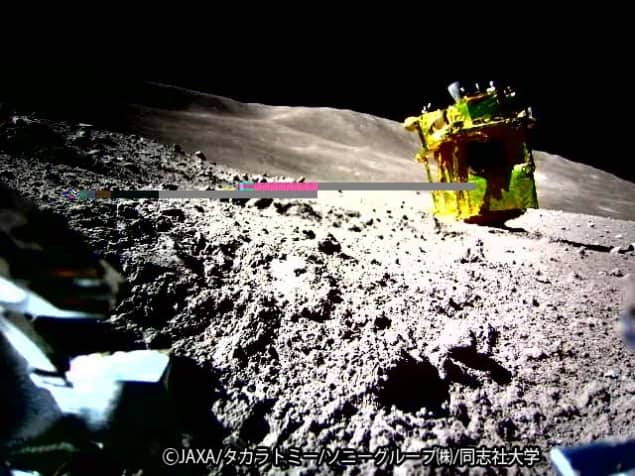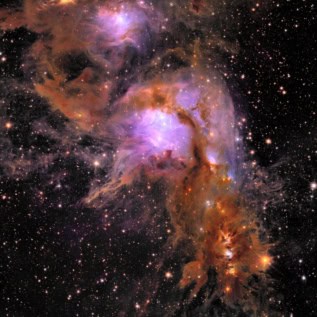
The past few years have seen several missions to the Moon and that continued in 2024. Yet things didn’t get off to a perfect start. In 2023, the Japanese Space Agency, JAXA, launched its Smart Lander for Investigating Moon (SLIM) mission to the Moon. Yet when it landed in January, it did so upside down. Despite that slight mishap, Japan still became the fifth nation to successfully soft land a craft on the Moon, following the US, Soviet Union, China and India.
In February, meanwhile, US firm Intuitive Machines achieved a significant milestone when it became the first private mission to soft land on the Moon. Its Odysseus mission touched down on the Moon’s Malapert A region, a small crater about 300 km from the lunar south pole. In doing so it also became the first US mission to make a soft landing on the Moon since Apollo 17 in December 1972.
Another significant lunar first came later in the year when China’s Chang’e-6 mission successfully returned samples back to Earth from the Moon’s far side. The feat made it into our top 10 breakthroughs for this year.
Amateur radio astronomers
Astronomy is unique in having a significant amateur community and while radio astronomy emerged from amateur beginnings, it is now the focus of elite, international global consortia. In this fascinating feature, astrophysicist and amateur radio astronomer Emma Chapman from the University of Nottingham, UK, outlined how the subject developed and why it needs to strike a fine balance between its science and engineering roots. And also make sure not to miss Chapman discussing the history of radio astronomy on the Physics World Stories podcast.
Hidden stories
Still on the podcast front, this Physics World Stories podcast from this year features a fascinating chat with astronaut Eileen Collins, who shared her extraordinary journey as the first woman to pilot and command a spacecraft. In the process, she broke several barriers in space exploration and inspired generations with her courage and commitment to discovery.

Euclid’s spectacular images
Astronomy and spectacular images go hand in hand and this year didn’t disappoint. While the James Webb Space Telescope continued to amaze, in May the European Space Agency released five spectacular images of the cosmos along with 10 scientific papers as part of Euclid’s early release observations. Euclid’s next data release will focus on its primary science objectives and is currently slated for March 2025, so keep an eye out for those next year.
The quest for dark matter
And finally, in the search for a cosmological model that perfectly explains our universe, most astronomers invoke the notion of dark matter. But what if they should instead modify the age-old laws of gravity? This year Physics World published the first articles of a three-part series, in which science writer Keith Cooper looked at the struggles and successes of modified gravity in explaining phenomena at varying galactic scales as well as matching observations from the cosmic microwave background. In his second piece, Cooper explored some of dark matter’s recent successes and the serious challenges it is also facing. Look out for the final article in this three-part series next year.



